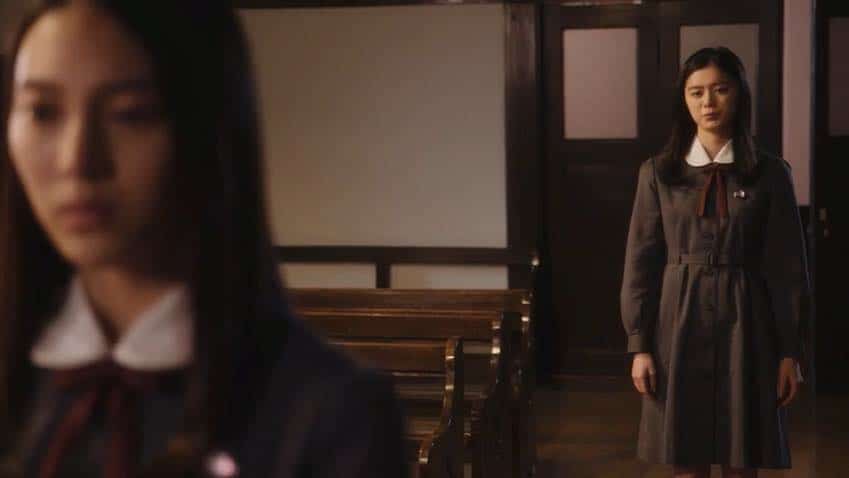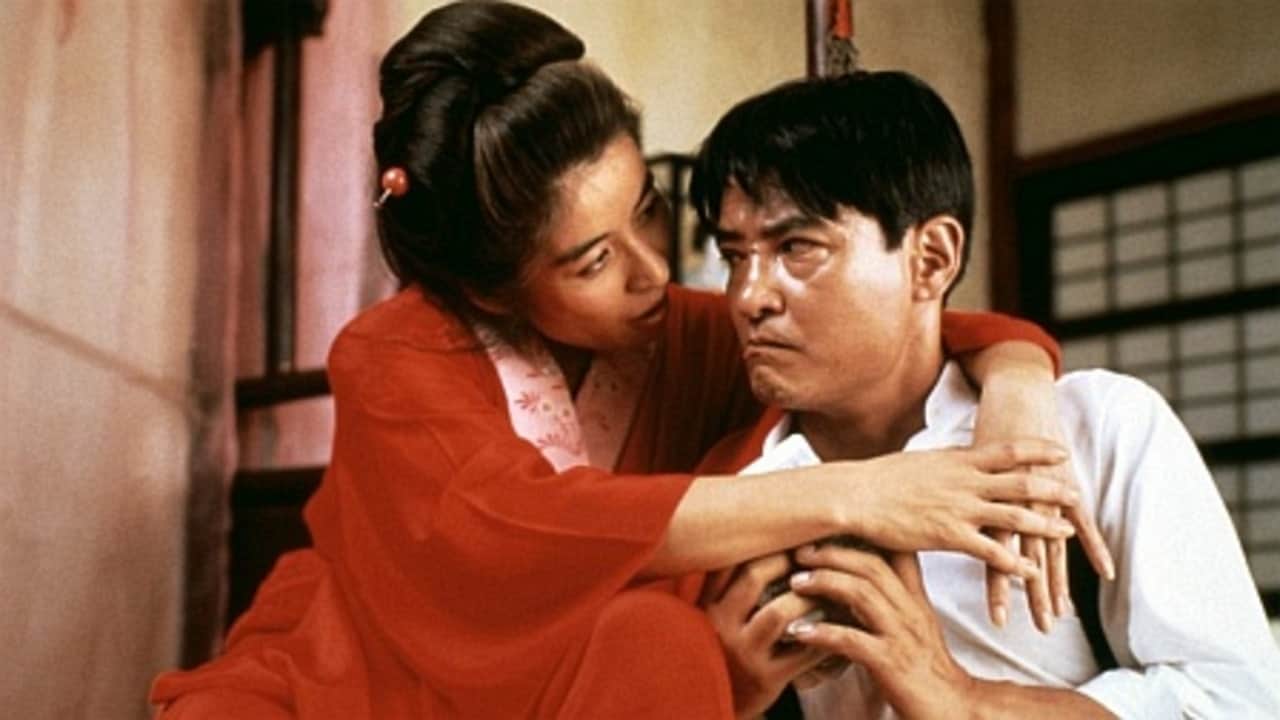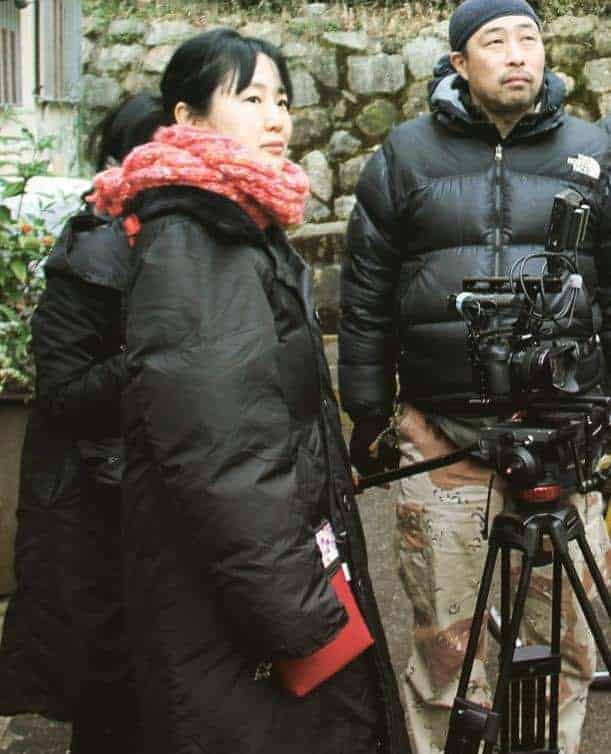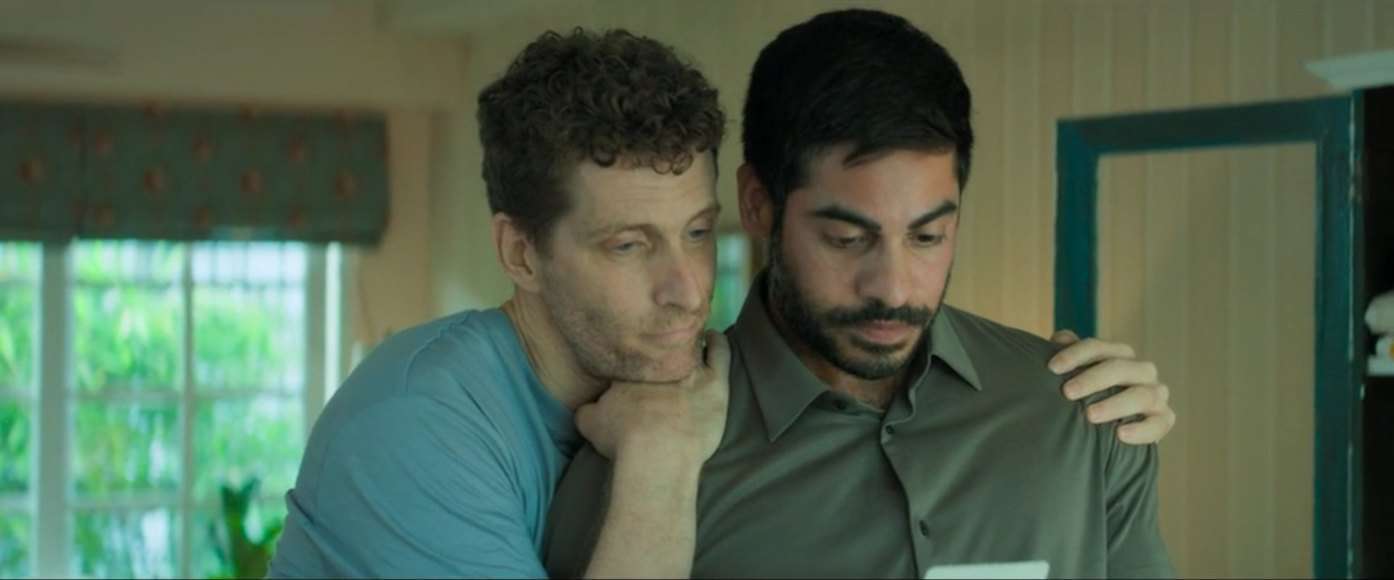The stories of the healing power which lies in art, especially music, are perhaps endless, both in fiction, but also in reality. Given the various modes of expression and the amount of freedom it provides for people, music may just be one of the most beautiful forms of art as well as the most delightful in terms of entertainment. Considering each culture has its own music and instruments, it goes without saying the number of stories in literature and film dealing with people finding their voice through music is enormous, and Yasuo Okuaki's feature “Between Us” follows the formula as we witness the tale of two girls who find their own way to connect with each other and the world through the tradition of taiko drumming.
Between Us is screening at Camera Japan

Tamaki (Ayaka Konno) attends a Catholic private school and comes, like most of her classmates, from a wealthy family. However, while her classmates talk about their luxurious lives, their plans for a costly exchange to the UK and their holiday trips to Dubai, Tamaki feels like she is missing out on something. At the same time, her father's company has declared bankruptcy, which she tries to hide from her classmates, while also taking a part-time job as a cashier at a local supermarket to help her mother financially. As time goes by, it becomes increasingly difficult for her to hide the truth about her job and about her family, which also results in a confrontation with her mother, who eventually finds out about Tamaki's job and demands her to quit.
Life in school also becomes different when Tamaki discovers her passion for taiko drumming. Encouraged by her classmate Maria (Sayu Kubota), whose vocal cords have been damaged ever since a terrible car crash, she eventually enrolls in the workshop, and, with training, becomes quite skillful playing the wadaiko. As a big competition is about to take place, it is time for Tamaki to show her true passion, but also to step into the limelight and the attention of others, a position she has avoided for quite some time.
As mentioned before, the idea of putting the energy and art of taiko drumming on the big screen is quite intriguing. Fans of Asian cinema will certainly not forget the powerful images and performances of, for example, Toshiaki Toyoda's “Shiver”, which combined a music-video aesthetic, the sound of the taiko drum and the dynamic of the various performers to an all in all mesmerizing experience. While in Okuaki's feature the music serves more as a means to an end, in this case to find a way to express feelings of grief, shame and sorrow, Ayako Sato's script manages to highlight how the development of the teenage protagonists goes hand in hand with their learning curve in the taiko workshop. As the viewer witnesses the progression of Tamaki, we get to know more about her character, her wishes and dreams which is quite well presented, and acted.
At the same time, Okuaki's feature, which is based on the manga by Stu-Hiro, also follows the formula of the coming-of-age drama to the letter. Even though the acting, the cinematography and the dialogues are solid, “Between Us” never strays away from said formula, making the development of the story somewhat predictable. The same goes for the overall aesthetics of the feature, which utilize means such as montage to show the way Tamaki progresses, which, again, is solid, but seems more fitting to a TV drama. The only aspect keeping the viewer interested in the nearly two hours of running time, is the performances of Konno and Kubota who show the inner struggles of their character and the way they change through music quite well.
In conclusion, “Between Us” is a solid coming-of-age drama which never truly strays away from the known formula of such features, and which ultimately suffers from its long running time. While Yasuo Okuaki's movie may not surprise its viewer with unexpected twists or artistic decisions, its ensemble and the taiko performances are good enough reasons to at least watch it once.
















